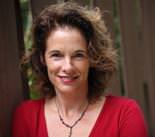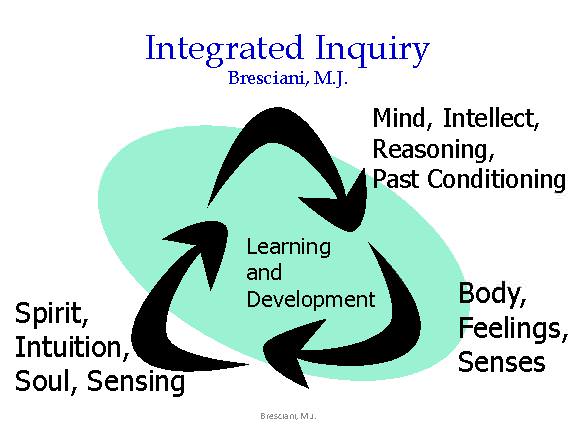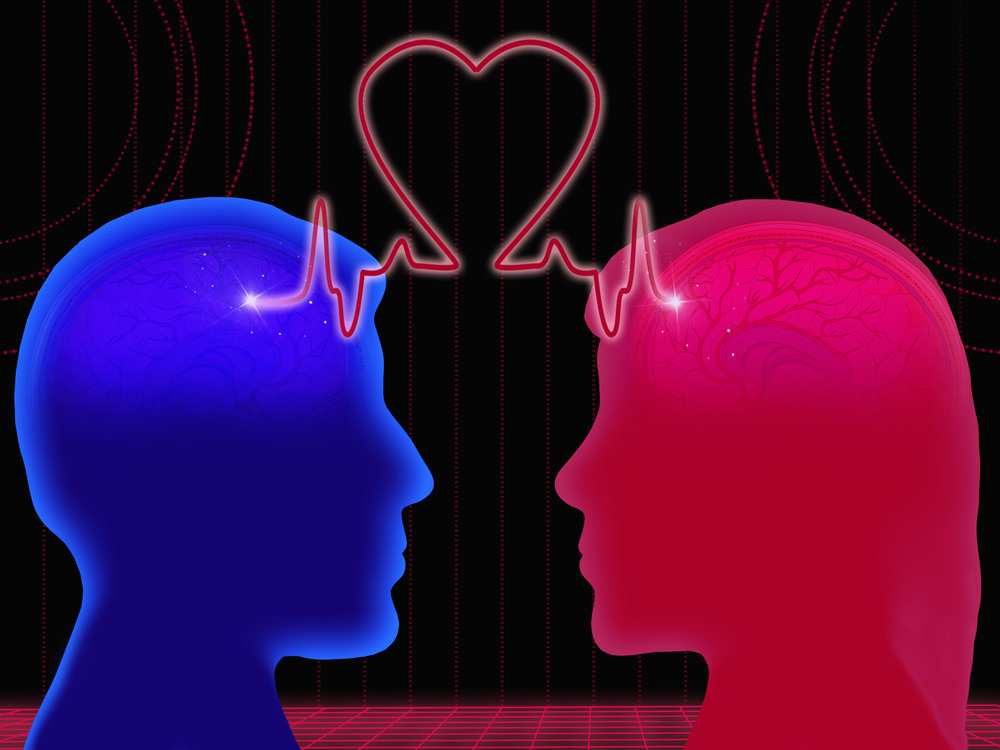

I actually enjoy the way people laugh when we at Rushing to Yoga let them know we believe the answer to peace is to love oneself – not love of Ego self, but love of the pure essence of self – the love of the essence of Self that connects us to each other. When I ask them why they laugh, they come up with a number of reasons why world peace does not begin with an individual; why world peace does not begin with self love. Sometimes I smile and laugh with them and sometimes I don’t. Regardless, I typically reply with our creed. Ready? Here it goes…
We do believe that if – given one moment at a time and one decision at a time – we could just be more compassionate to our individual selves (the one we only have locus of control over anyway), then we would have more compassion for others. We believe that if we really knew who we are and who we are becoming, invested deep reflective time in finding out who we are in relationship to all that is around us and do so without judgment, we would be able to empower others to do the same. We also believe that if we gave ourselves permission to feel without judgment, to be vulnerable, to inquire deeply and open-heartedly within and have the courage to care for and show ourselves genuine affection, we would have the capacity to do so for others. We really do believe that world peace begins with One. We really believe it is possible and we really believe it can begin now. It is why we are committed to learning, practicing, and teaching the Love Curriculum. And if that was just way too simple or too fluffy for you, here is the science of why we believe all this to be true.
We developed the Love Curriculum by applying the fMRI results from several neuroscience findings that have demonstrated how meditation may increase one’s ability to focus and engage in more creative thinking as well as decrease social anxiety and overall stress. Integrating this neuroscience research with learning and development theories that have most recently been adapted for practical application by Hart (2004, 2008), the Student Learning Imperative (1994), and Meng (2012), we have created the scaffolding for a new curriculum called The Love Curriculum – or to those who find this too fluffy, we call it Integrated Inquiry. Integrated Inquiry uses meditation, movement, visual arts and music, along with deep self-inquiry to reach intended outcomes of increased critical thinking, creative problem solving, ethical decision-making, self-efficacy, ethnic identity, peaceful communication, and yes, self-love.
Why did we create the Love Curriculum? Due to decreased investment in education and increased emphasis on the “No Child Left Behind” act and its demand for accountability and emphasis on test scores, PK-12 education has been forced to focus on teaching students how to test well – and soon higher education will as well. Ugh! A potential side effect of teaching students how to test well appears to have led to a decrease in students’ ability to reflect, analyze, synthesize, creatively problem solve, integrate various pieces of information that come through various senses, and engage in rich reflective inquiry. Furthermore, the stress created by high stakes testing has been hypothesized to increase anxiety, lower self-efficacy, and provide fewer opportunities to engage in the types of learning and development that cannot be readily tested and compared and that also actually takes significant time to master. Our increasing emphasis on that which we can count and compare has led us farther away from engaging in that which celebrates our humanity.
We have become a society that rushes from one place to another forgetting that each one of us is actually human, rather than just a body – with looks and personality differentials – designed to accomplish a set of tasks in a minimal amount of time. Parker J. Palmer and Arthur Zajonc (2010) have discussed the need for an integrative curriculum that “reflects a holistic vision of humanity, giving attention to every dimension of the human self” (p. 154). They go on to say that “an integrative education honors communal as well as individual values and cultivates silent reflection while encouraging vigorous dialogue as well as ethical action” (p. 154). Furthermore, the recent report from AAC&U (2012) entitled, A Crucible Moment: College Learning and Democracy’s Future cries out for “informed, engaged, open-minded, and socially responsible people committed to the common good and practiced in ‘doing’ democracy” (p.V).
We wanted to respond to this call; we wanted to introduce an integrated inquiry curriculum (aka the Love Curriculum because it sounds way more fun and clearly gets more laughs) that could be imbedded into various venues in order to increase ones’ ability to deeply inquire without judgment of self and of others in order to contribute to creating a more socially responsible society, a peaceful community, that is not only well-informed but that can also seek creative solutions to growing problems.
What exactly is the Love Curriculum (what we call integrative inquiry for those who feel love is to fluffy)? It is nothing new. The Student Learning Imperative spoke about it in detail in 1994. Long before the research that informed the Student Learning Imperative emerged, the wisdom traditions of our Native Americans, and cultures from the east, such as Taoist philosophies emanating from China and Vedic Science and Educational philosophies from India have lauded holistic approaches to living as well as learning. As cited earlier, there is increasing western medical evidence of the advantages to this type of integrative learning and development on ones’ ability to focus and think creatively while decreasing anxiety and stress through various sensing capabilities other than the brain.
We believe it is time to intentionally and systematically re-introduce these aged wisdom practices back into higher education, PK-12 education, and back into society so that we can truly and simply devise strategies to improve student learning and development through the practical application of modules. We also simply desire to restore peace in this world by starting with the individual. We really, really want you to discover your authentic unique expression of your self and grow to love yourself – for all that you are and are not. Can it get anymore fun?
So, what does the Love Curriculum/Integrative Inquiry look like? And why are we so excited about it? See the model below for more not-so-fluffy explanations.

What makes the Love Curriculum/Integrative Inquiry set itself apart from the manner in which we have been teaching peace, creativity, and critical thinking in the recent past is that it introduces other ways of “knowing” that are equally important to the intellectual aspect of knowing. The portion of learning that we have been privileging in the design of our curriculum in the recent past is the student’s ability to demonstrate her knowledge of the subject matter. However, what you also see here in the Love Curriculum and that which is borrowed from the wisdom traditions is an integration of feelings and senses of the knowing. In other words, in the Love Curriculum – in Integrated Inquiry – we provide each other with the opportunity to apply the knowledge we are learning in our daily lives while discovering how we feel about how well what we know is actually playing out in our lives. Here, we begin to integrate knowing with feeling, not privileging one over the other but simply observing and discovering more about ourselves in relationship to our world and we do so without judgment. In addition, you see the additional integration of – instead of the ignoring of – the spiritual aspect of learning and development. It doesn’t matter whether you are atheist or a fundamental Christian or any other religious or philosophical belief, to ignore this lens in the way one moves through the world, learns and develops, and then makes meaning from what she is learning and how she is developing does her and our society an injustice in our ability to create a peaceful, creative, and innovative society. This manner of “knowing” is also the aspect of the “unknown.” In other words, we individually can sense what feels right or wrong for us as we integrate knowledge and the feelings we experience in our known and unknown worldviews. The integration of this aspect into our learning and development, along with taking responsibility for our individual beliefs and recognizing what we don’t know creates a space of ambiguity and a place for the unknown to reside so that it can be discussed and explored safely and fully. And that is the place where creativity and peace can be found.
The point of introducing the Love Curriculum – this integrative inquiry model – and designing a curriculum for it is to return us to thinking more intentionally about all the aspects of being human and thus, all the aspects of learning and developing, feeling, and sensing, and integrating it all into non-judgmental meaning making for our individual selves and our community. In so doing, we can become more intentional about how the manner in which we may be privileging one aspect over another benefits our society, and us or we can explore what are losing.
So, why not, consider a more integrative approach to learning and development now? Why not consider ensuring that we provide the space and time for reflective self-inquiry? Why not commit to individually taking responsibility for our own feelings, thoughts, words, and actions? Why not commit to restoring peace one person at a time through self-love? Why not be fluffy? Why not be Love?
Namaste!
Click here to read more MeaningfulWomen.com articles by Marilee Bresciani.
Marilee J. Bresciani, Ph.D., is a professor of higher education and the Founder of Rushing to Yoga Foundation. Her now more than 24 years of professional work has been committed to changing the way that America talks about quality of higher education. In order to keep from going crazy about trying to get the American public to care about what students are actually learning and how they are developing, rather than other indicators that have nothing to do with that, she has engaged in yoga, meditation, and self-referral. Marilee’s mantra is “I teach what I need to learn.”
References
AAC&U (2012). A Crucible Moment: College Learning and Democracy’s Future. http://www.aacu.org/civic_learning/crucible/documents/crucible_508F.pdf
AAC&U (2011). The LEAP Vision for Learning: Outcomes, Practices, Impact, and Employers’ Views.
Abes, E.S., Jones, S.R., & McEwen, M.K. (2007). Reconceptualizing the model of multiple dimensions of identity: The role of meaning-making capacity in the construction of multiple identities. Journal of College Student Development, 48(1), 1-22.
American College Personnel Association–College Student Educators International. (1994). The student learning imperative.Washington, DC: Author.
Arum, R. & Roksa, J. (2011). Academically adrift: Limited learning on college campuses. Chicago, IL: University of Chicago Press.
Baijal, S., Jha, A.P., Kiyonaga, A., Singh, R., & Srinivasan, N. (2011). The Influence of Concentrative Meditation Training on the Development of Attention Networks during Early Adolescence. Frontiers in Developmental Psychology. 2 (153): 1-9
Baxter, M. (1999). Creating contexts for learning and self-authorship:Constructive-development pedagogy. Nasheville, TN: Vanderbilt Issues in Higher Education.
Baxter, M. (2001). Making their own way: Narratives for transforming higher education to promote self-development. Sterling, VA: Stylus Publishing.
Baxter, M. & King, P. (Eds.). (2004). Learning partnerships: Theory and models of practice to educate for self-authorship. Sterling, VA: Stylus Publishing.
Brand,M., Laier, C., Pawlikowski, M., Markowitsch, H.J. (2009). Decision making with and without feedback: The role of intelligence, strategies, executive functions, and cognitive styles. Journal of Clinical and Experimental Neuropsychology, 31(8), 984-998.
Buchtel, E.E., & Norenzayan, A. (2008). Which should you use, intuition or logic? Cultural differences inInjunctive norms about reasoning. Asian Journal of Social Psychology, 11, 264-273. doi: 10.1111/j.1467-839X.2008.00266.x
Dalai Lama. (2005). The universe in a single atom: The convergence of science and spirituality. New York: Morgan Roads Books.
Davidson, R. (2012). The emotional life of your brain: How its unique patterns affect the way you think, feel, and live–and how you can change them. New York: Penguin Group
Goleman, D. (2011). The brain and emotional intelligence, new insights. North Hampton, MA: More Than Sound, LLC.
Hart, T. (2004). Opening the contemplative mind in the classroom. Journal of Transformative Education 2 (1) 28-46.
Hart, T. (2008). Interiority and Education: Exploring the neurophenomenology of contemplation and its potential role in learning. Journal of Transformative Education. 6(4) 235-250
Kabat-Zinn J, Massion AO, Kristeller J, Peterson LG, Fletcher KE, Pbert L, Lenderking WR, & Santorelli SF. (1992). Effectiveness of a meditation-based stress reduction program in the treatment of anxiety disorders. American Journal of Psychology,149. p. 936–43.
Kahneman, D., & Klein, G. (2009). Conditions for intuitive expertise: A failure to disagree. American Psychologist, 64(6), 515-526. doi: 10.1037/a0016755
Kegan, R. (1982). The evolving self: Problem and process in human development. Cambridge, MA: Harvard University Press.
Kegan, R. (1994). In over our heads: The mental demands of modern life. Cambridge, MA: Harvard University Press.
Lucas, M. (2012). Rewire your brain for love: creating vibrant relationships using the science of mindfulness. New York City, NY: Hay House Inc.
Medina, J. (2009). Brain rules: 12 principles for surviving and thriving at work, home, and school. Seattle, WA: Pear Press.
Norenzayan, A., Jun Kim, B., Smith, E.E., & Nisbett, R.E. (2002). Cultural preferences for formal versus intuitive reasoning. Cognitive Science, 26, 653-684.
Palmer, P.J. & Zajonc, A. (2010). The heart of higher education: A call to renewal. San Francisco, CA: Jossey-Bass.
Pizzolato, J. (2008). Meaning making inside and outside the academic arena: Investigating the contextuality of epistemological development in college students. Journal of General Education, 56(3-4), 228-251.
Pizzolato, J. & Ozaki, C. (2007). Moving toward self-authorship: Investigating outcomes of learning partnerships. Journal of College Student Development, 48(2), 196-214.
Sreenivasan, K.K., Sambhara, D., & Jha, A.P. (2011). Working Memory Templates are Maintained as Feature-specific Perceptual Codes. Journal of Neurophysiology. 106:115-121.
Tan, CHade-Meng (2012). Search Inside Yourself: The Unexpected Path to Achieving Success, Happiness (and World Peace). New York: Harper One Publishing
Taylor, K. (2008). Mapping the intricacies of young adults’ developmental journey from socially prescribed to internally defined identities, relationships, and beliefs. Journal of College Student Development, 49(3), 215-234.
Van Vugt, M. & Jha, A.P. (2011). Investigating the Impact of Mindfulness Meditation Training on Working Memory: A Mathematical Modeling Approach. Cognitive, Affective, and Behavioral Neuroscience. 11: 344-353.
Wadlinger, H.A. & Isaacowitz (2011). Fixing Our Focus: Training Attention to Regulate Emotion. Pers Soc Psychol Rev. 2011 Feb;15(1):75-102. Epub 2010 Apr 30




Be the first to comment